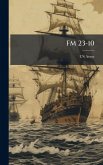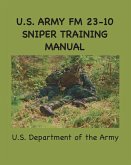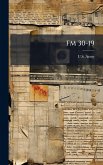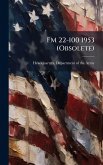FM 101-10-1 consists of two volumes. The first volume provides planning data for commanders and staff officers (planners) at all echelons. These planning data pertain to table(s) of organization and equipment (TOEs) and standard requirement codes (SRCs) which are limited to divisions, armored cavalry regiments, separate brigades, and airborne special forces groups. Chapters include information on the heavy division (armored and mechanized), light infantry division, air assault division, airborne division, armored cavalry regiment, infantry division (motorized), heavy separate armored and mechanized infantry brigade, separate infantry brigade, separate light infantry brigade, and airborne special forces group. This work has been selected by scholars as being culturally important, and is part of the knowledge base of civilization as we know it. This work was reproduced from the original artifact, and remains as true to the original work as possible. Therefore, you will see the original copyright references, library stamps (as most of these works have been housed in our most important libraries around the world), and other notations in the work. This work is in the public domain in the United States of America, and possibly other nations. Within the United States, you may freely copy and distribute this work, as no entity (individual or corporate) has a copyright on the body of the work. As a reproduction of a historical artifact, this work may contain missing or blurred pages, poor pictures, errant marks, etc. Scholars believe, and we concur, that this work is important enough to be preserved, reproduced, and made generally available to the public. We appreciate your support of the preservation process, and thank you for being an important part of keeping this knowledge alive and relevant.
Bitte wählen Sie Ihr Anliegen aus.
Rechnungen
Retourenschein anfordern
Bestellstatus
Storno








